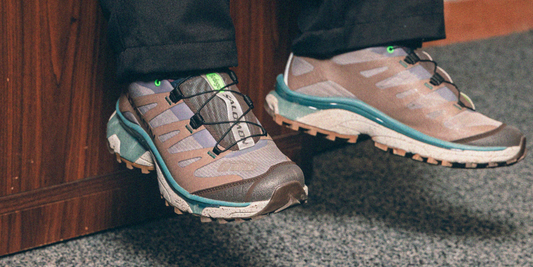When something defies easy, immediate categorization you might hear someone refer to it as neither fish nor fowl, which is to say that by not being readily classifiable the thing in question is somehow vexing, and certainly of less worth than something with a solid, defined role. The same logic applies to living people. On its own, “jack of all trades” sounds complimentary, but the longer expression, jack-of-all-trades but a master of none is obviously less so. As there is a “jack of all trades” equivalent in languages and cultures across the world, it seems like the mistrust of what we would presently call the multipurpose concept is ingrained somewhere deep in human consciousness. In other words, we want to know what things are and what they’re for.
Theoretically, you might think aesthetics would function differently, that there might be some art pour l’art wiggle room, but there really isn’t. What’s the most consistently maligned genre of art? Abstract modern, more popularly known as “my kid could paint that.”
Appropriately enough, there’s more than one way to be multifaceted. There’s the Swiss Army Knife model, where one, basic form houses a series of varied but compartmentalized functions, and then there’s a flowing, adaptable approach that almost seems to be organic in the way it interacts with the environment around it, which is no mean feat to pull off.
With a influences that trend heavily towards the bohemian and the casual, it’s essential that Needles’ tailored creations retain a certain carefree, liberated feeling, or else risk losing the essence of the source material. Of course, from a practical viewpoint, the act of deconstruction and tailored reconstruction appears very much at odds with the carefree, but hardly anyone ever thinks about this contrast. It’s not a coincidence or a lucky break. Desiginer Kezi Shimizu’s ability to make exacting construction appear effortless is exactly how Needles have distinguished themselves from the repurposed vintage pack.


















